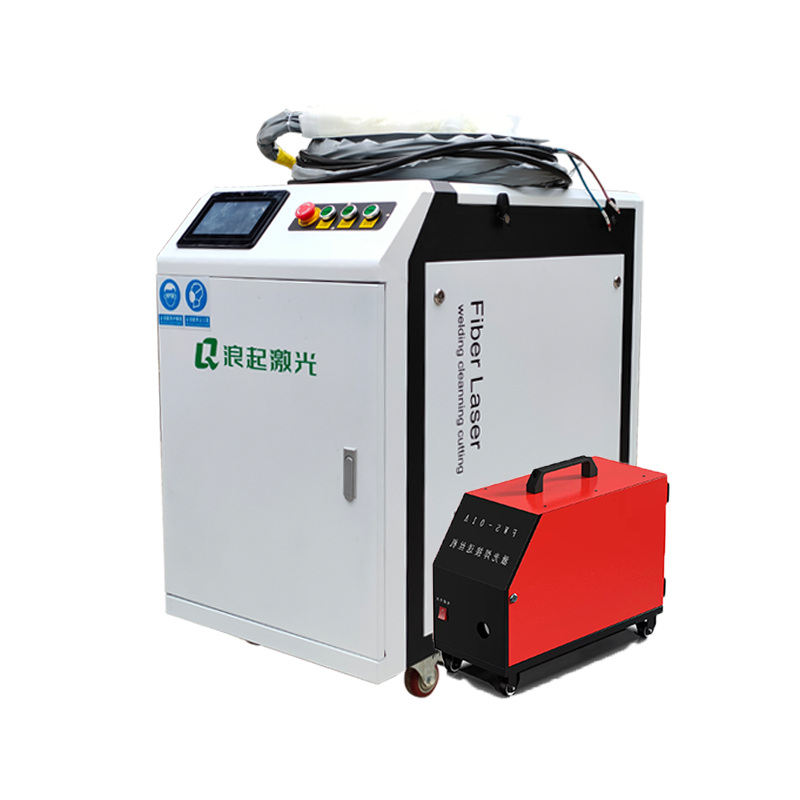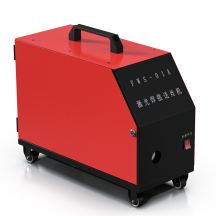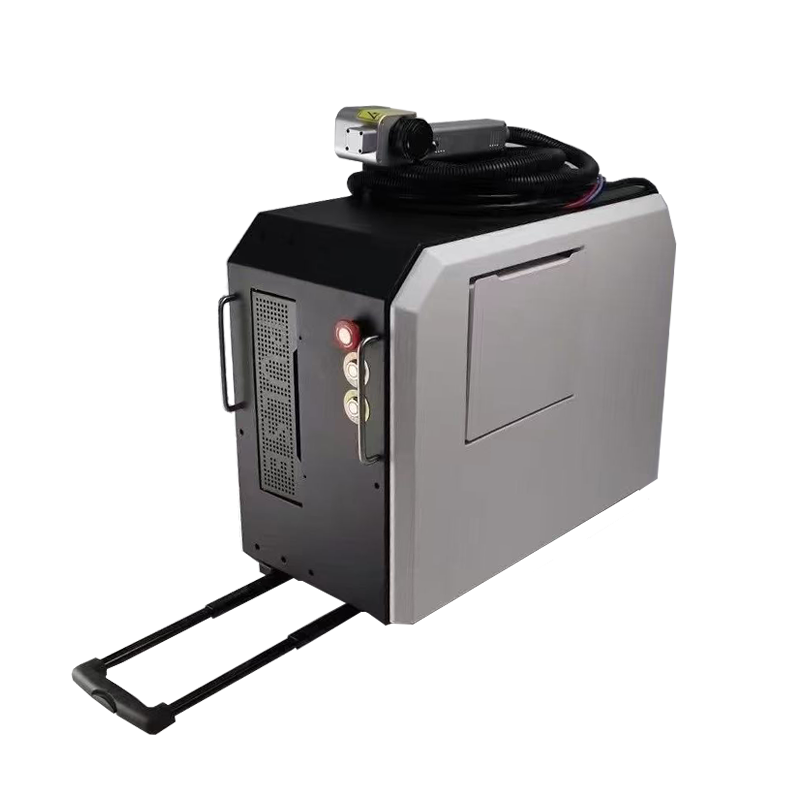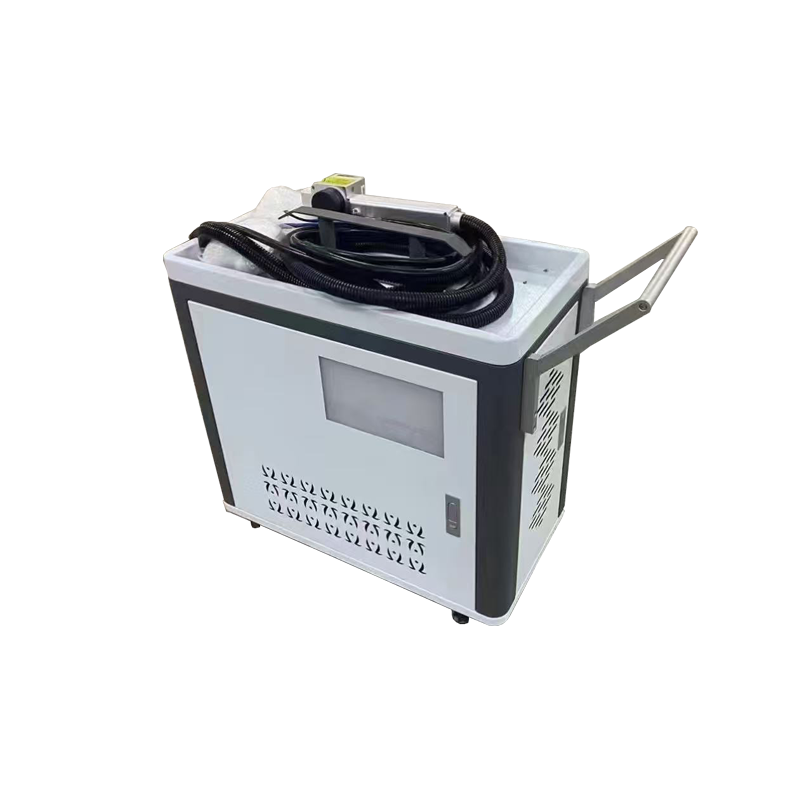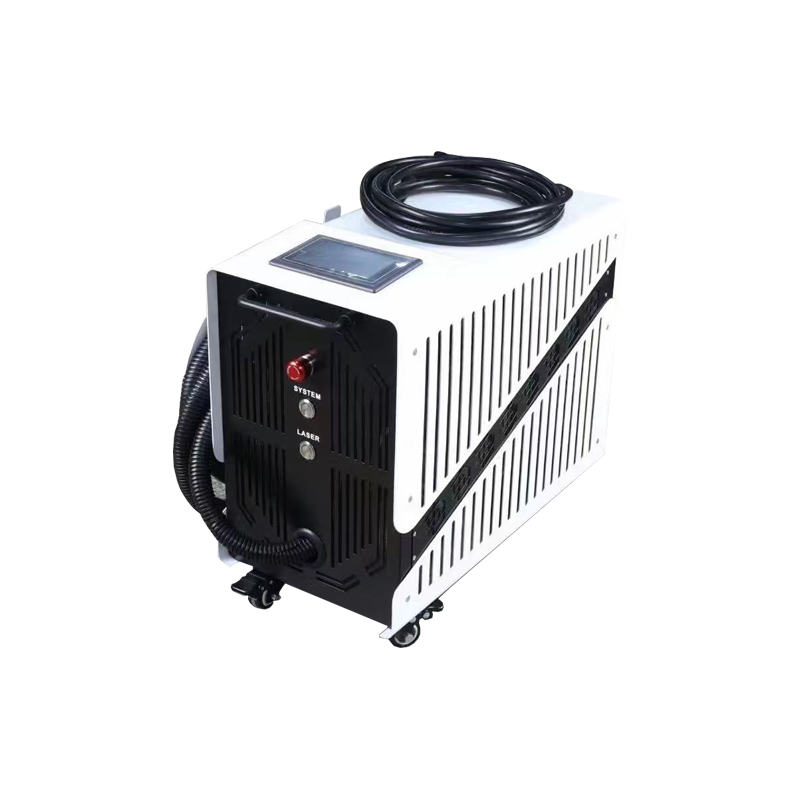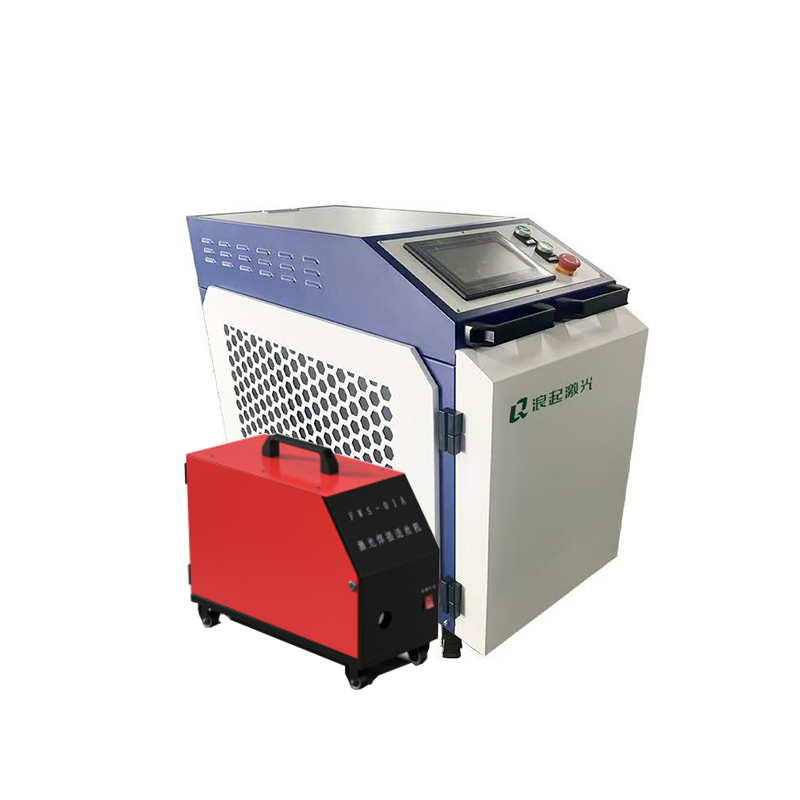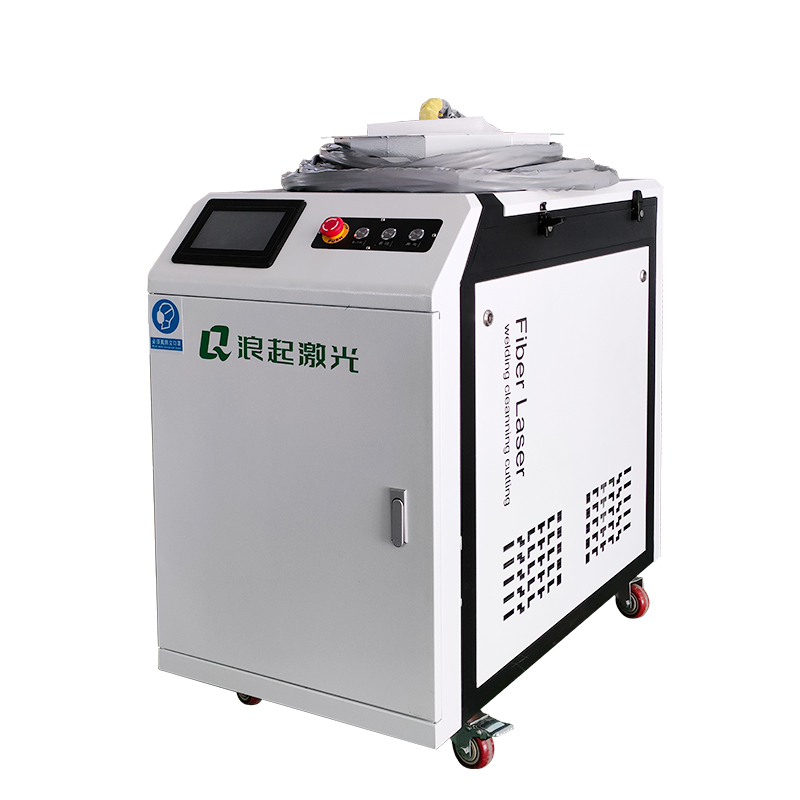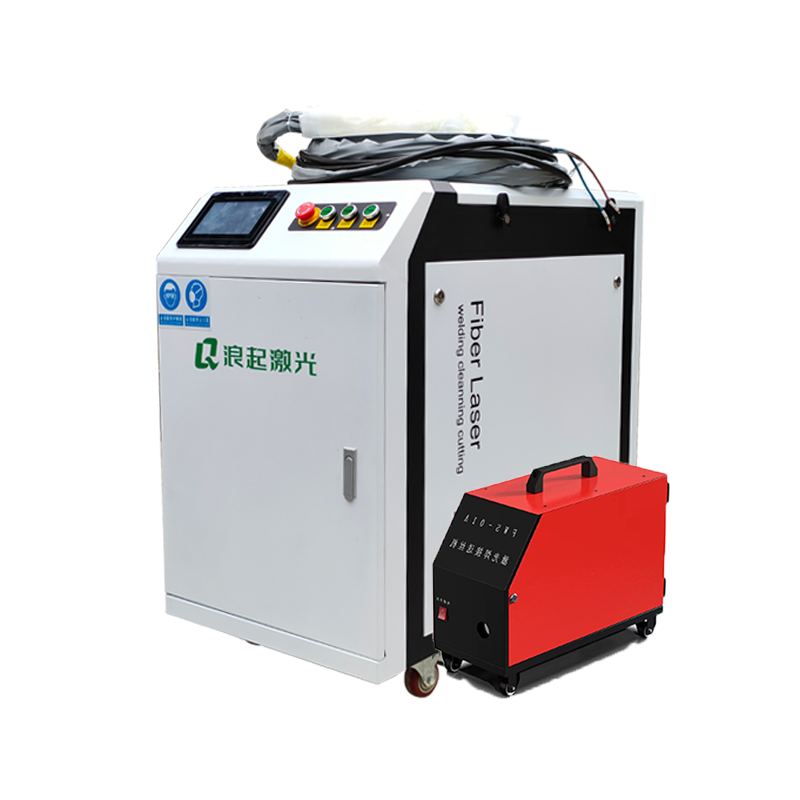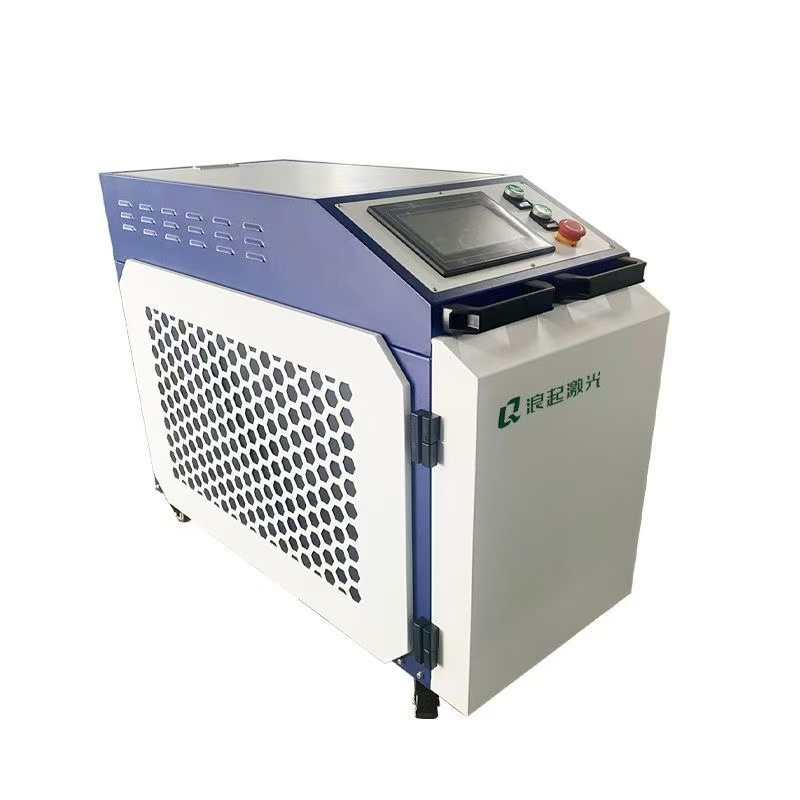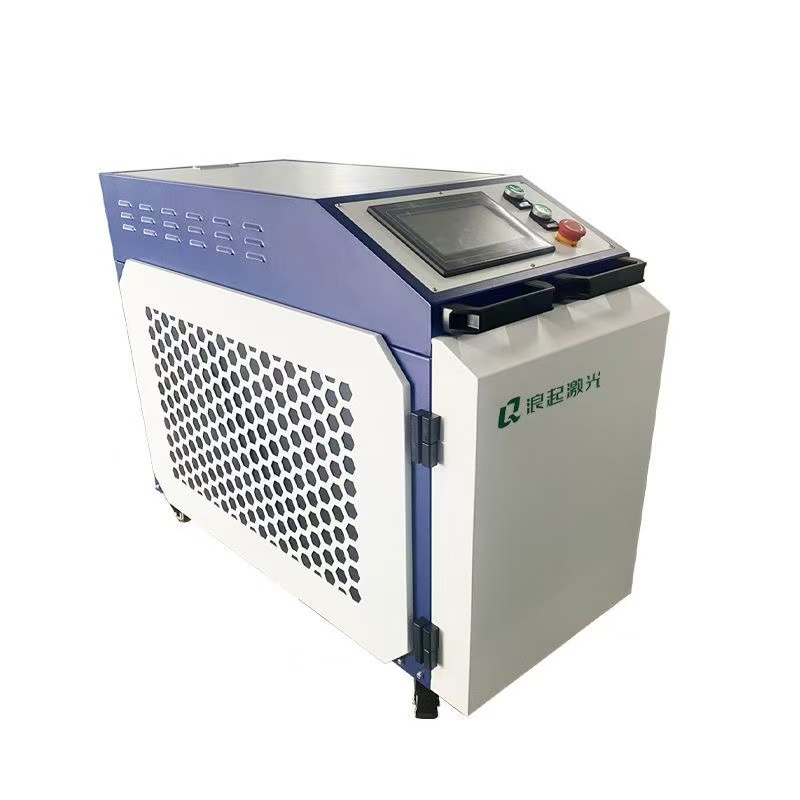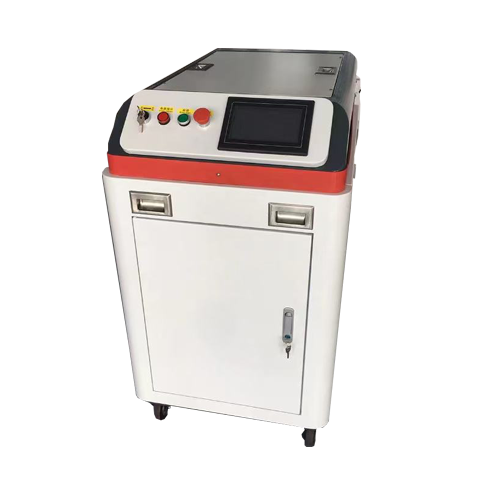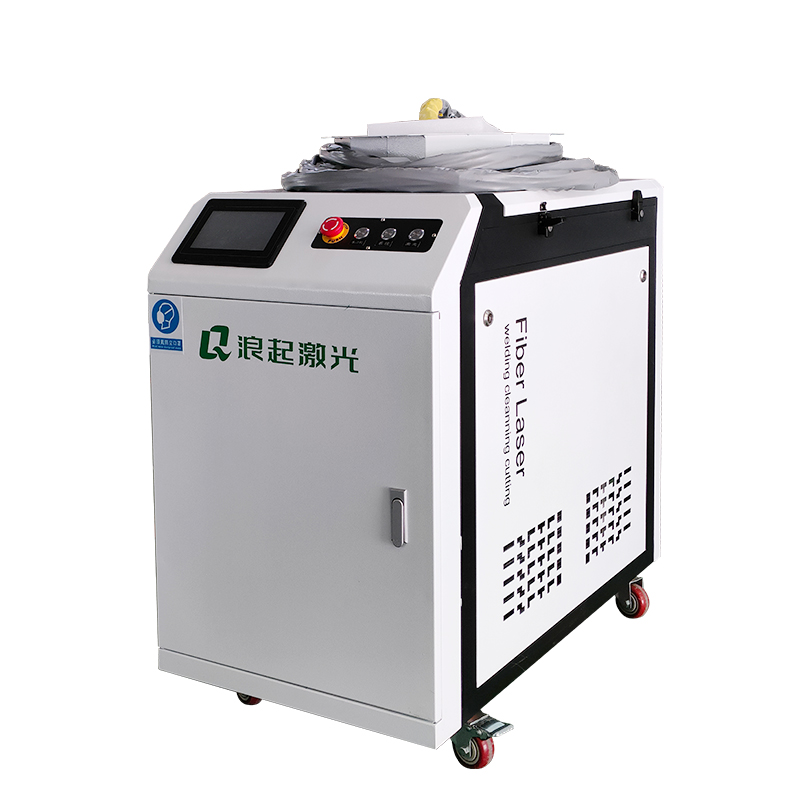Laser cleaning machines are widely used for removing contaminants, oxides, and coatings from surfaces. The two main types are continuous wave (CW) laser cleaning machines and pulsed laser cleaning machines, which differ in their laser emission modes, applications, and effectiveness. Here is a detailed comparison:
1. Laser Emission Mode
Continuous Laser Cleaning Machine:
Emits a steady, uninterrupted laser beam.
Operates at a constant power output.
Suitable for prolonged cleaning over large areas.
Pulsed Laser Cleaning Machine:
Emits laser energy in short, high-power bursts (nanoseconds to milliseconds).
Delivers high peak power in brief intervals.
More controlled and precise, reducing heat accumulation.
2. Cleaning Mechanism
Continuous Laser:
Relies on thermal ablation, where continuous heating vaporizes contaminants.
Can generate more heat, risking substrate damage if not controlled.
Pulsed Laser:
Uses mechanical ablation (shockwave effect) due to rapid energy bursts.
Minimizes thermal diffusion, reducing heat-affected zones (HAZ).
3. Cleaning Efficiency & Speed
Continuous Laser:
Faster for large-area cleaning (e.g., rust removal from metal sheets).
Less effective for ultra-thin or delicate coatings.
Pulsed Laser:
More precise, ideal for removing thin layers (paint, oxides, or delicate substrates).
Slower for large surfaces but better for detailed work.
4. Material & Application Suitability
Continuous Laser:
Best for thick rust, heavy coatings, and industrial-scale cleaning.
Used in shipbuilding, automotive, and large metal structure maintenance.
Pulsed Laser:
Preferred for precision cleaning (electronics, cultural artifacts, aerospace).
Effective for thin films, anodized layers, and sensitive materials.
5. Heat Generation & Safety
Continuous Laser:
Higher risk of overheating the substrate.
Requires careful power control to avoid damage.
Pulsed Laser:
Lower average heat input, safer for delicate materials.
Reduces thermal stress on the workpiece.
6. Cost & Maintenance
Continuous Laser:
Generally lower initial cost but may require more cooling.
Consumes more energy over time.
Pulsed Laser:
Higher initial investment due to complex laser technology.
More energy-efficient for targeted cleaning.

